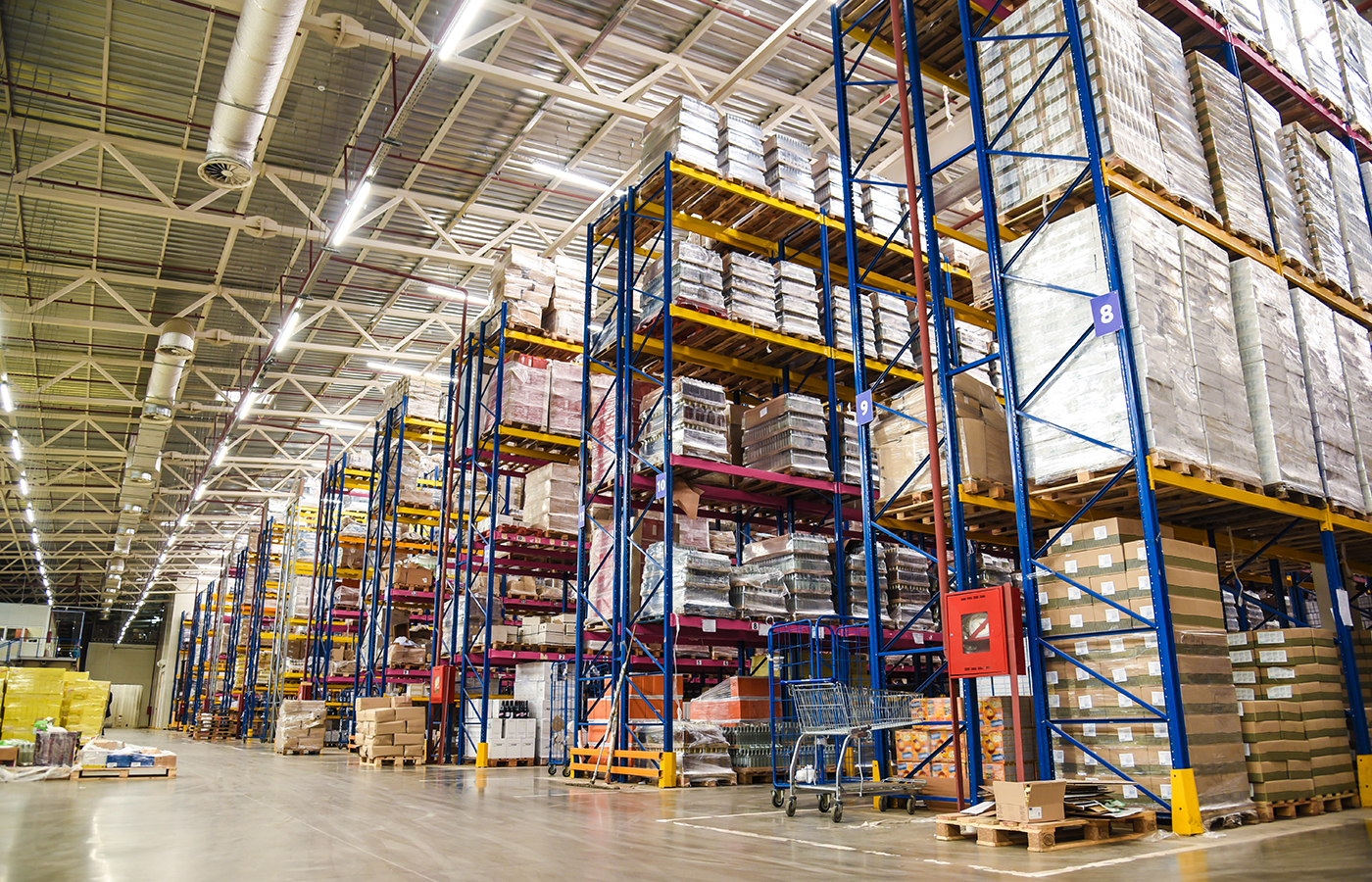
Disruptions to supply chains have become all too common in recent years, with far-reaching macroeconomic and risk management implications.
While organizations have generally adjusted to recent shocks, no one should become complacent about the scope of this growing problem. The ripple effects from supply chain disruptions can devastate sales and profits, damage brand reputations, reduce customer satisfaction and lead to risky compliance breaches.
Reactions to supplier disruptions often focus on mitigating any current shocks to the system, without preparing longer range plans to offset future threats. For instance, a lot of companies have increased their inventory stockpiles, but at a major cost in working capital. Another common tactic involves onshoring more suppliers from overseas. That can be helpful too, but if all direct suppliers are locally based, their mutual proximity has the potential to further concentrate risk.
Engage all suppliers and assess dependencies, Ivalua’s Alex Saric says.
There is a better, more comprehensive way to improve supplier management, but it requires a deep rigor to assess all potential supply chain risks across the whole supplier network. Just checking for supplier certifications or past performance results no longer suffices, especially in this era of multi-tier supply chains.
Today the multi-tier dynamic exposes companies to all their immediate suppliers – plus all the other extended suppliers upon whom those immediate suppliers depend, creating a cascading chain reaction.
Supplier Visibility and Collaboration
Nearly half (48%) of global supply chain leaders in a 2021 McKinsey survey found they had visibility into their Tier 1 suppliers. But just 21% had visibility into Tier 2, and only 2% into Tier 3. Such limited visibility into sub-tier suppliers can be reckless and dangerous.
To solve this problem, mapping out the complete supply chain ecosystem requires a meticulous process to engage all suppliers in identifying and assessing their sub-tier supplier dependencies. That’s a tall order for large organizations with thousands or tens of thousands of Tier 1 suppliers. It simply is not feasible to collect data on such a large volume of sub-tier suppliers by email, and then to map them to reveal their interdependencies and augment those findings with more data to assess the level of sub-tier risk.
It would be more efficient to have suppliers input those details directly into a supplier management system, increasing efficiency, reducing any matching errors, and enabling visualization of overall risks and interdependencies.
Portfolio Risk Approach
Another effective approach involves borrowing a successful strategy from financial investment portfolio managers: using diversification with a portfolio view of supply risk. Building a more robust supplier portfolio is not achieved by selecting all the lowest-risk individual options, but rather selecting alternates with highly diverse risk profiles to limit the likelihood of a particular shock disrupting supply.
By increasing visibility into risk in this way, companies can make more informed decisions to reduce their exposure. But implementing such a portfolio approach requires a combination of the right talent and technologies. Procurement and supply chain teams will need to continue building their analytical skills, and technology can empower those teams to derive actionable insights with more relevant data from internal, third-party and supplier sources.
Another best practice involves increasing the level of supplier collaboration. Teams should share more information digitally with their suppliers to enable effective planning at every level.
This effort requires as close to real-time sharing of information as possible, from both buyers and suppliers.
Modeling for Competitive Advantage
Many organizations are prone to limit the information they share out of concerns for confidentiality, or they do so too late. An increased willingness to share details in real time can help suppliers plan their own supply chains while maximizing the benefits of supplier management systems.
Even organizations that carefully plan and develop effective risk protections can be caught off guard by unexpected snarls in their supply chains. That is why mitigation techniques require the use of sophisticated methodologies to model the effects of any disruptions.
One effective approach to mitigation involves a series of stress tests developed by MIT professor David Simchi-Levi, who accurately predicted the devastating effects of the coronavirus pandemic on global supply chains. This stress test system is based on two measurements: time to recover (TTR), or the amount of time needed for a particular supply chain node to regain full capacity after a shock; and time to survive (TTS), which is the maximum duration that a supply chain can match supply with demand following a disruptive event.
Avoid Overconfidence
Strategies for assessment and mitigation can be quite useful, but they provide no guarantees of long-term success. A survey commissioned from Forrester Consulting of 462 senior procurement leaders at large global organizations found that 77% believed their supply chain continuity was better than the competition, while only 5% admitted their continuity was worse than their rivals’. The wide disparity reveals the dangers of overconfidence that can hinder the motivation to make continual improvements.
Given that volatility is likely to only increase given today’s geopolitical and climate issues, managers will need to rethink how they assess, mitigate and model all elements of risk. That requires new approaches to recruit highly skilled people and then support those teams with the best enabling technologies.
Building a more resilient supply chain can help improve financial results, reduce ethical breaches and increase sustainability. In so doing, effective supply chain management creates a powerful competitive advantage, especially over opposing procurement teams who mistakenly believe they have all their bases covered. Supply chain leaders who are willing to make such hard choices to improve their resiliency are sure to stay one step ahead of the competition.
Alex Saric is Chief Marketing Officer and Smart Procurement Expert at Ivalua, a leading global provider of cloud-based spend and supplier management.
Topics: Resilience